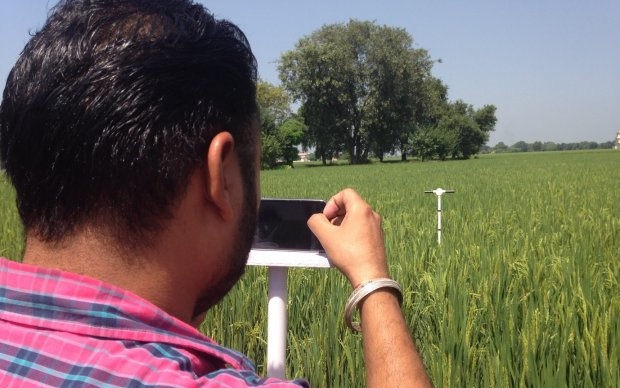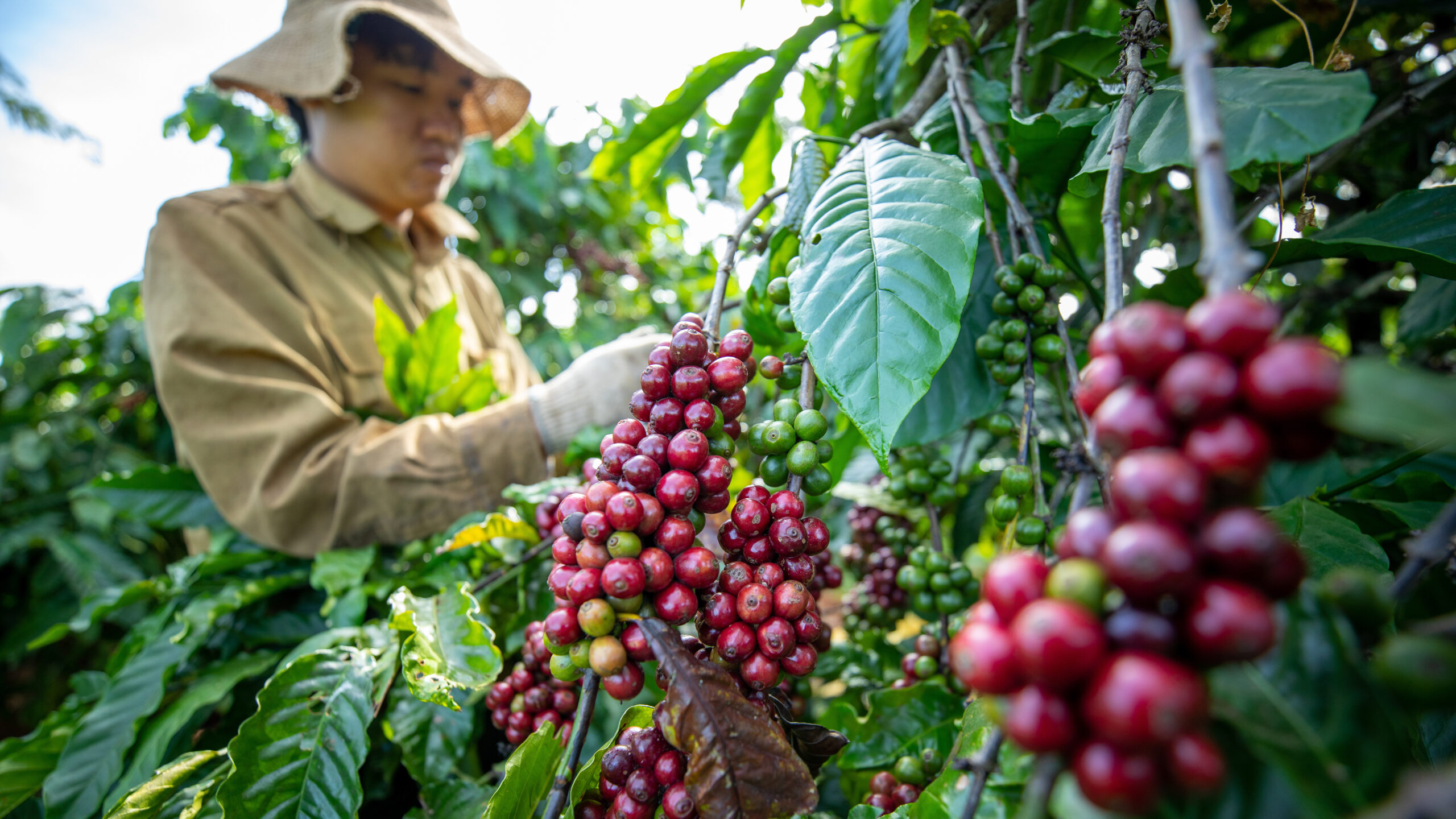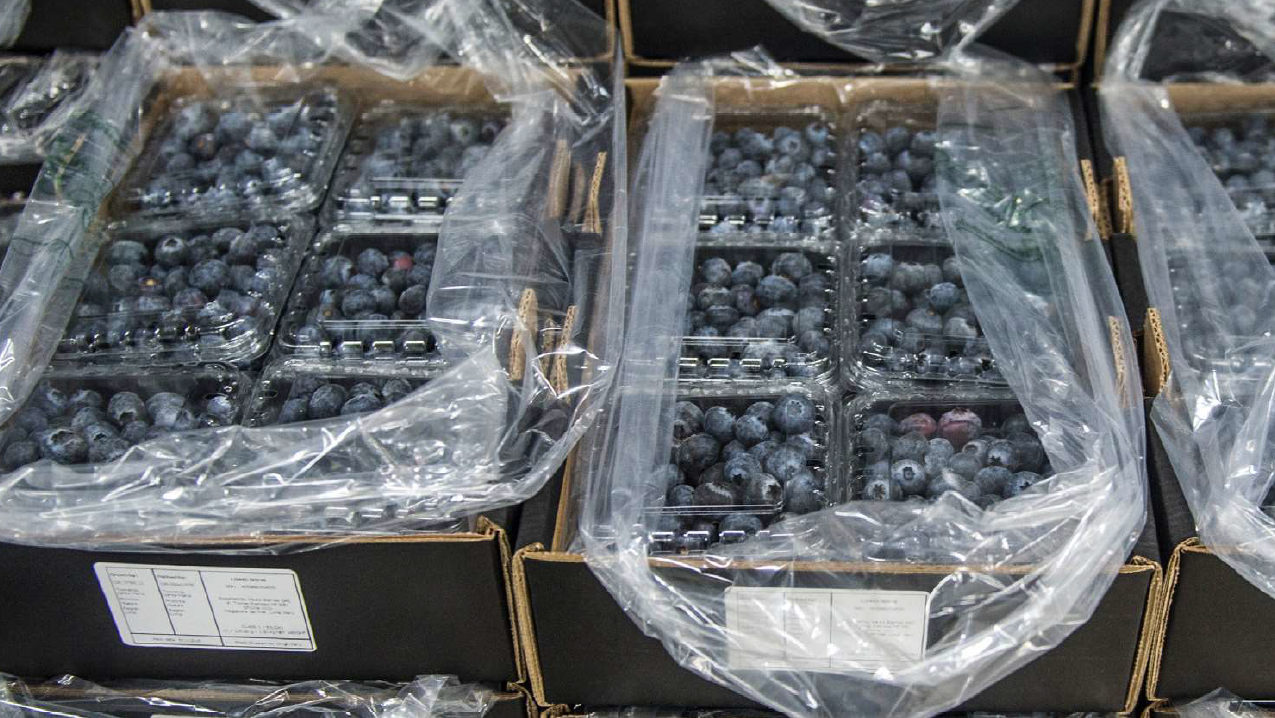Millions of smallholder farmers around the world lack access to affordable insurance—their farms are often too small and too remote for insurers to economically verify damage. In collaboration with the private sector and the development community, researchers have been looking for alternatives that do not require insurance companies to verify damage on a case-by-case basis.
One innovation, weather index-based insurance (WBI), which pays out when a weather parameter correlated with yield losses (for instance temperatures or the number of days without rain) reaches a trigger, has been piloted in different parts of the world, with varying rates of success. For many types of risks, payouts from the index-based insurance products are poorly correlated with actual damage experienced by farmers on their fields, resulting in limited uptake and limited impacts (see e.g. Clarke, 2016; Dercon et al., 2014). Insurance products based on satellite imagery appear promising, but image resolutions are still too coarse to reliably detect damage on the plots of individual smallholder farmers.
What if better quality images could be taken at a low cost and on a regular basis? Once again technology, in this case the growing use of smartphones, may suggest an efficient solution.
By taking regular pictures of their crops on smartphones, farmers can reliably document damage after a natural calamity and provide evidence that the crop was managed appropriately until that point. If insurance companies can appraise losses based on the pictures instead of sending an agent to a remote location, the cost of loss verification goes down dramatically. And from the farmer’s perspective, taking pictures and receiving feedback from the insurance provider provides more active engagement in the process, which could improve demand and spur interest from younger, more technology-savvy farmers.
So, can picture-based crop insurance (PBI) indeed provide insurers with eyes on the ground, at limited cost, and make insurance more attractive from the perspective of a farmer?
While such a system has vast potential, it is critical to first assess if it is technically feasible and economically viable. The Picture-Based Insurance project, led by a team from IFPRI’s Markets, Trade, and Institutions Division, with support from the CGIAR Research Program on Policies, Institutions, and Markets (PIM) and 3ie, has been testing the feasibility of PBI since 2015.
Here is what the researchers aimed to test:
Feasibility
- Can farmers take pictures of their fields regularly and produce photos of consistent quality using their own smartphones for loss assessment purposes?
- To what extent is damage visible and quantifiable in smartphone pictures, and what types of damage are visible?
- Does picture-based loss assessment capture damage that weather index-based insurance products do not capture?
Economic viability
- What is farmers’ willingness to pay for PBI compared to that of WBI? Are farmers willing to pay more than what the product actually costs?
- To what extent do farmers selectively enroll plots that are more prone to damage? In other words, is PBI prone to adverse selection?
- Once enrolled, do farmers strategically reduce crop management efforts (that is, does PBI induce moral hazard) and is there evidence of tampering with pictures to receive payouts when they have PBI coverage?
Two recent project notes describe the results from a formative evaluation of PBI in six districts of Haryana and Punjab, India. The first one focuses on the first three questions, which all relate to measuring damage using smartphone pictures. The second project note focuses on the last three questions and discusses PBI’s sustainability.
Here are some key findings:
- Farmers are able and willing to take enough pictures of sufficient quality for loss assessment.
- Damage is visible from smartphone pictures and can be quantified by agronomic experts. This paves the way for algorithms that automate loss assessment procedures.
- Picture-based loss assessments are strongly correlated with yields and improve upon weather index-based measures.
- Farmers are willing to pay more for picture-based insurance (PBI) than for weather index-based insurance (WBI).
- The study found no evidence that picture-based crop insurance induces moral hazard or adverse selection.
- Having to take pictures regularly does not create large disincentives to take up PBI.
Based on these findings, PBI offers a promising alternative to existing insurance products for poor farmers. However, before scaling up, the following challenges need to be addressed:
- Further automate image processing and loss assessment to attract more interest from private insurance companies and government.
- Strengthen the business model. Explore if bundling PBI with personalized advisory services through access to the imagery will increase its attractiveness.
- Diversify insurance products. The initial formative evaluation focused on wheat; products that work with other crops should be developed.
- Address limited affordability of smartphones. Although average smartphone ownership is increasing, the poorest and most vulnerable farmers often cannot afford them. Could images taken by the smartphone holders be aggregated into a common pool that insurance companies could also use to evaluate damage on the poorer villagers’ plots?
This is an exciting area of applied research that could have very practical and significant impacts on the lives of millions of poor farmers around the world. Moving toward that goal will require ongoing collaboration between researchers, the private sector, development practitioners, and government agencies.
Berber Kramer is a Research Fellow and PBI project leader at IFPRI. Evgeniya Anisimova is a PIM Senior Communications Specialist. This post first appeared on the PIM blog.







